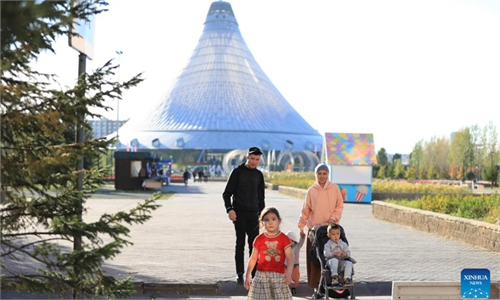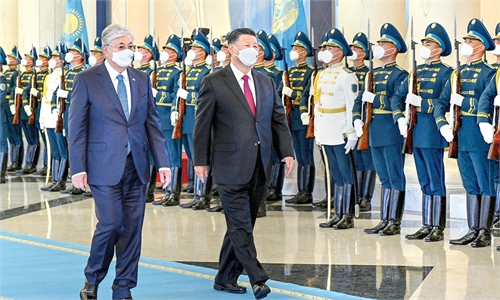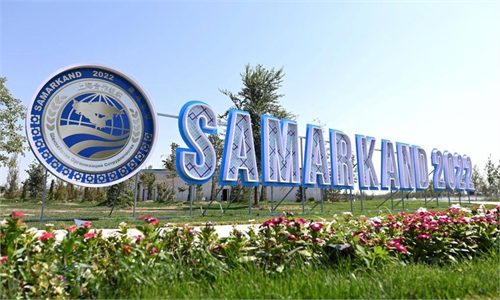Xi’s Kazakhstan visit a monumental reflection on BRI cooperation between China and Central Asia
Initiative set to serve as stabilizer, booster for Central Asia’s development
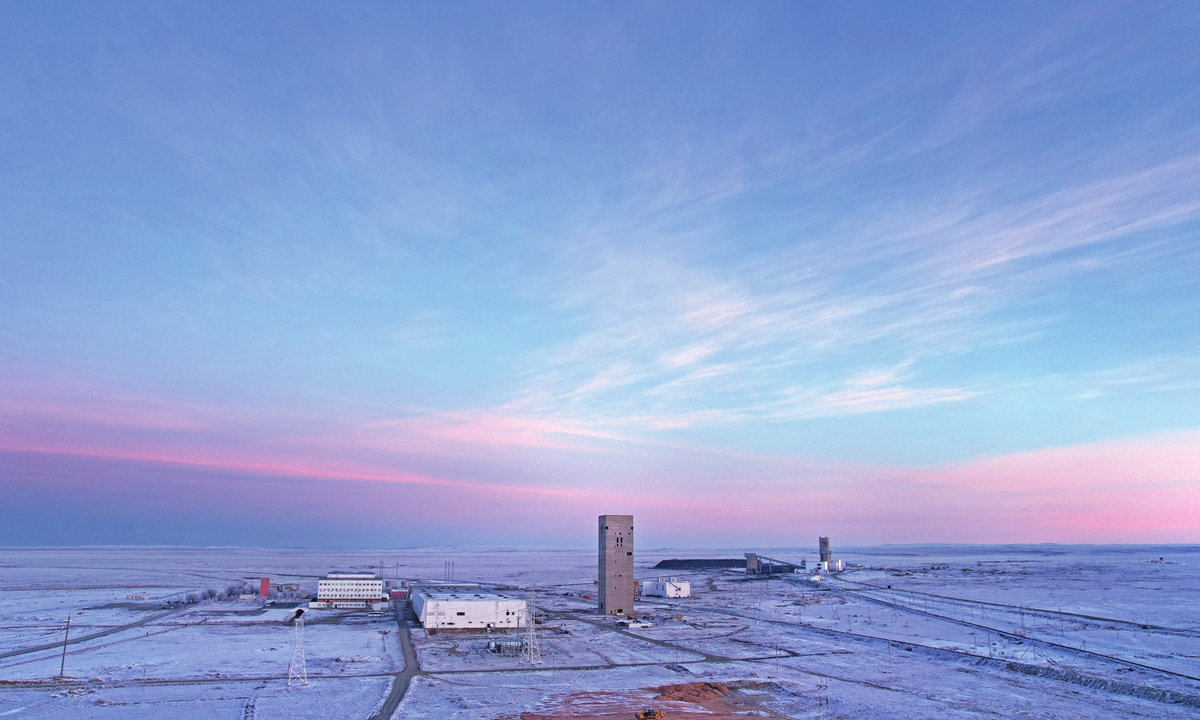
An overview of a zinc ore mine in Kazakhstan. The mine is jointly carried out by China Civil Engineering Construction Corporation (CCECC) and ShalkiyaZinc. Photo: courtesy of CCECC
Chinese President Xi Jinping on Wednesday began official visit to Kazakhstan - the country in which the Belt and Road Initiative (BRI) was first proposed back to 2013, and Uzbekistan, and will attend the Shanghai Cooperation Organization (SCO) summit.The visit to two Central Asian countries marks a monumental culmination of nine-year bilateral cooperation under the BRI, as the mega mechanism has unleashed a plethora of opportunities for the region ranging from economic fronts such as energy, mineral to security and politics, while also facilitating its export diversification efforts and integration into the global economic system.
The local business community has also hailed the visit, with high expectations on future deepened high-quality cooperation that could further flex China's advantage in capital and tech know-how as well as Kazakhstan's edge in rich agricultural and natural resources.
Analysts said that the prospects for cooperation is also underpinned by a relatively stable geopolitical environment in Central Asia, plus a further enhancement of China-Russia comprehensive strategic partnership, and they hold firm on the role of the BRI - despite the launch of several Western-led infrastructure schemes and fear-mongering campaign - on continuing serving as stabilizer and propeller in the regional development.
"We look forward to the visit in deepening mutual understanding and trust, and bringing bilateral economic and trade ties closer," a spokesperson from the Kazakhstani subsidiary of state-owned China Civil Engineering Construction Corporation (CCECC), told the Global Times on Wednesday.
According to the spokesperson, CCECC has mainly carried out projects in Kazakhstan's mineral sector, and one landmark project under construction is the tungsten ore mine, located at the city of Almaty, or about 150 kilometers from the Khorgas port in Northwest China's Xinjiang Uygur Autonomous Region.
The Almaty tungsten ore mine is a world-class super-sized strip mine, with prospective reserves of 500,000 tons. It is included in the list of key China-Kazakhstan production capacity projects of BRI.
"Tungsten ore is a strategic resource, with rising valuation. In addition to Tungsten ore, Kazakhstan also ranked global high in terms of reserves of copper, zinc, steel, lead, cobalt and gold. And those minerals, once being exploited, are full of market potential," the spokesperson said.
Energy is another field which bilateral collaboration yields fruitful results. On Tuesday, the first new energy project jointly built by China and Kazakhstan, the Shelek wind farm commenced operations.
According to a statement the project contractor Power Construction Corporation of China sent to the Global Times, the wind farm can generate 230 million kilowatt-hours of electricity per year, which means a reduction of 206,000 tons of greenhouse gas emissions and saving of 89,000 tons of standard coal each year.
The flagship BRI project also echoes with Kazakhstan's infrastructure initiative "Bright Path" and a global push in reducing carbon emissions. According to Kazakhstan's energy department, the Shelek wind farm will help to alleviate the power shortage issues in southern Kazakhstan and promote the country's carbon reduction plans and power restructuring.
The two projects are a vivid display of how BRI has ushered in a new era of unprecedented economic cooperation between the two neighbors, as well as China and the Central Asian region. China has now become Kazakhstan's second largest trading partner and number one export destination.
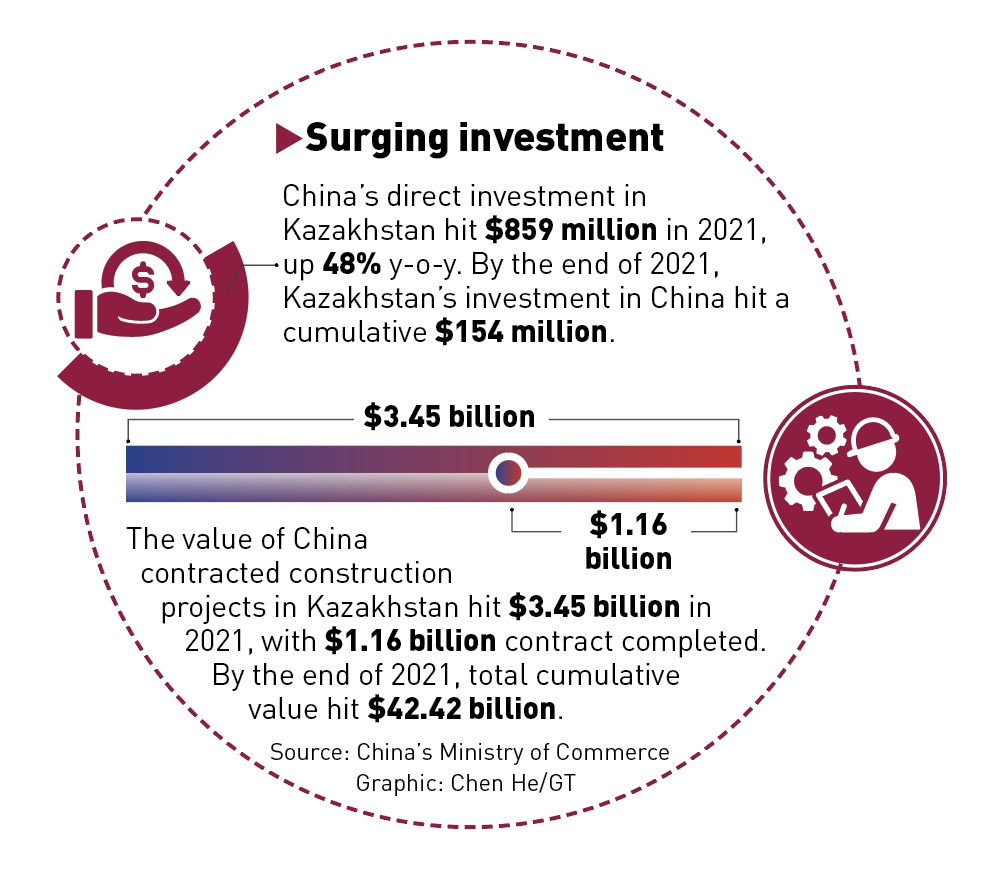
Graphic: Chen He/GT
A new growth model
"Kazakhstan is resource-rich, but it lacks the ability to process raw materials. Chinese BRI investments have largely elevated the country's manufacturing capacity and sped up its industrialization," Zhang Hong, an Eastern European studies expert from the Chinese Academy of Social Sciences, told the Global Times.
China's market of sheer size also helps Kazakhstan to shed overreliance on a single country in export, especially in agricultural and energy products, and opens up more opportunities for regional and global integration, according to Zhang, exemplified by the implementation of the China-Central Asia natural gas pipeline, which began operating in 2009.
In 2020, the China-Central Asia natural gas pipeline delivered over 39 billion cubic meters of natural gas to China, the Xinhua News Agency reported. The gas pipeline starts from Turkmenistan and Uzbekistan, running through central Uzbekistan and southern Kazakhstan, and ends in Xinjiang's Khorgas. In 2017, the pipeline established terminals to transfer natural gas from Kazakhstan.
"China-proposed BRI amplified more collaboration chances between Central Asian countries, and such significance carries special weight in the midst of elevating Western sanction against Russia and the latter's countermeasures, which inevitably embroils Central Asian countries," Zhang said.
He noted that the Central Asian countries face a crunch in pushing forward regional integration while tackling heightened uncertainty. Mechanisms such as the BRI and SCO, as multilateral platforms, serve to entrench and expand business ties.
Strategic location
This year marks the 30th anniversary of diplomatic relations between China and Kazakhstan. In terms of geographic location, Kazakhstan is an important node on the BRI. Bordering Xinjiang, Kazakhstan is regarded as an important westbound gateway connecting China with Europe, and about 90 percent of China-Europe freight trains transit via the country.
In 2014, one year after the BRI was launched, Kazakhstan became the first country to reach an agreement with China on "production capacity cooperation" of BRI. And to date, the cooperation list includes 52 projects which have attracted over $21.2 billion investment.
"Successful Chinese investment in Kazakhstan sets paradigms for cooperation between China and Central Asia. It also showcases Chinese technological competitive advantage, as our plan is proven to be more cost-effective than the West," the CCECC spokesperson said.
Analyst noted that despite certain political movements and stepped-up engagement by the West, the geopolitical environment in Central Asia remains "relatively stable without vicious power rivalry," auguring well for Chinese companies' long-term investment in the region.
In addition, the further elevation of China-Russia comprehensive strategic partnership of coordination is also a booster for to China-Central Asia cardinal economic ties, Zhang noted.

